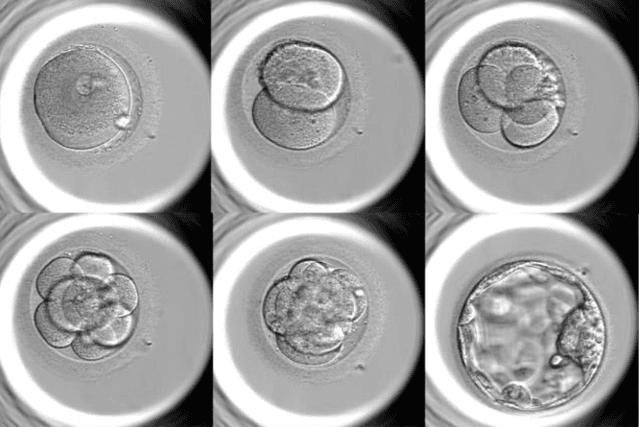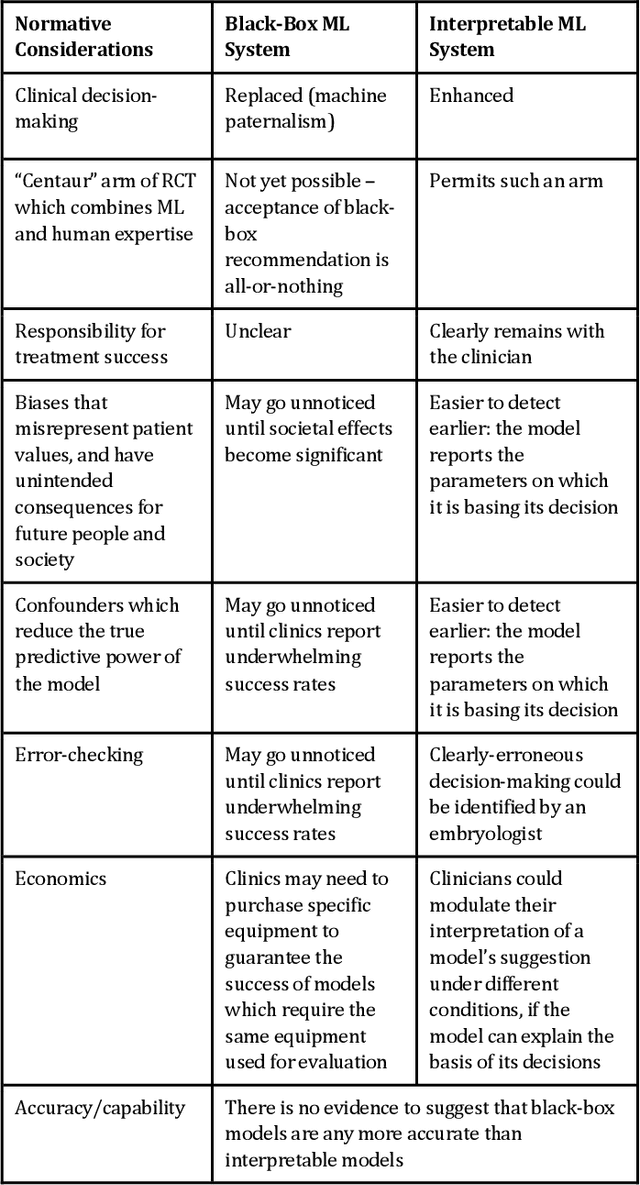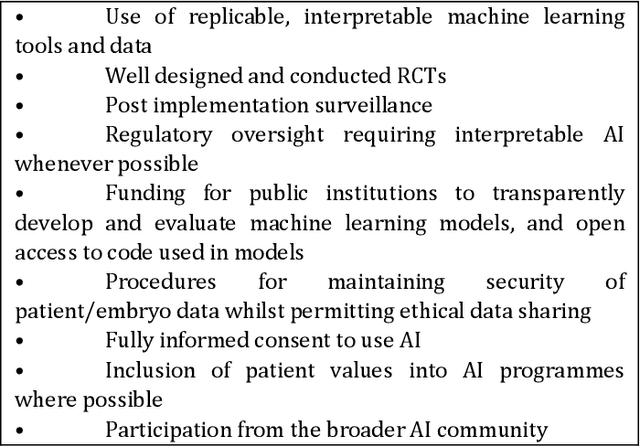Yanhe Liu
Towards Continual Knowledge Graph Embedding via Incremental Distillation
May 07, 2024



Abstract:Traditional knowledge graph embedding (KGE) methods typically require preserving the entire knowledge graph (KG) with significant training costs when new knowledge emerges. To address this issue, the continual knowledge graph embedding (CKGE) task has been proposed to train the KGE model by learning emerging knowledge efficiently while simultaneously preserving decent old knowledge. However, the explicit graph structure in KGs, which is critical for the above goal, has been heavily ignored by existing CKGE methods. On the one hand, existing methods usually learn new triples in a random order, destroying the inner structure of new KGs. On the other hand, old triples are preserved with equal priority, failing to alleviate catastrophic forgetting effectively. In this paper, we propose a competitive method for CKGE based on incremental distillation (IncDE), which considers the full use of the explicit graph structure in KGs. First, to optimize the learning order, we introduce a hierarchical strategy, ranking new triples for layer-by-layer learning. By employing the inter- and intra-hierarchical orders together, new triples are grouped into layers based on the graph structure features. Secondly, to preserve the old knowledge effectively, we devise a novel incremental distillation mechanism, which facilitates the seamless transfer of entity representations from the previous layer to the next one, promoting old knowledge preservation. Finally, we adopt a two-stage training paradigm to avoid the over-corruption of old knowledge influenced by under-trained new knowledge. Experimental results demonstrate the superiority of IncDE over state-of-the-art baselines. Notably, the incremental distillation mechanism contributes to improvements of 0.2%-6.5% in the mean reciprocal rank (MRR) score.
Ethical Implementation of Artificial Intelligence to Select Embryos in In Vitro Fertilization
Apr 30, 2021


Abstract:AI has the potential to revolutionize many areas of healthcare. Radiology, dermatology, and ophthalmology are some of the areas most likely to be impacted in the near future, and they have received significant attention from the broader research community. But AI techniques are now also starting to be used in in vitro fertilization (IVF), in particular for selecting which embryos to transfer to the woman. The contribution of AI to IVF is potentially significant, but must be done carefully and transparently, as the ethical issues are significant, in part because this field involves creating new people. We first give a brief introduction to IVF and review the use of AI for embryo selection. We discuss concerns with the interpretation of the reported results from scientific and practical perspectives. We then consider the broader ethical issues involved. We discuss in detail the problems that result from the use of black-box methods in this context and advocate strongly for the use of interpretable models. Importantly, there have been no published trials of clinical effectiveness, a problem in both the AI and IVF communities, and we therefore argue that clinical implementation at this point would be premature. Finally, we discuss ways for the broader AI community to become involved to ensure scientifically sound and ethically responsible development of AI in IVF.
 Add to Chrome
Add to Chrome Add to Firefox
Add to Firefox Add to Edge
Add to Edge